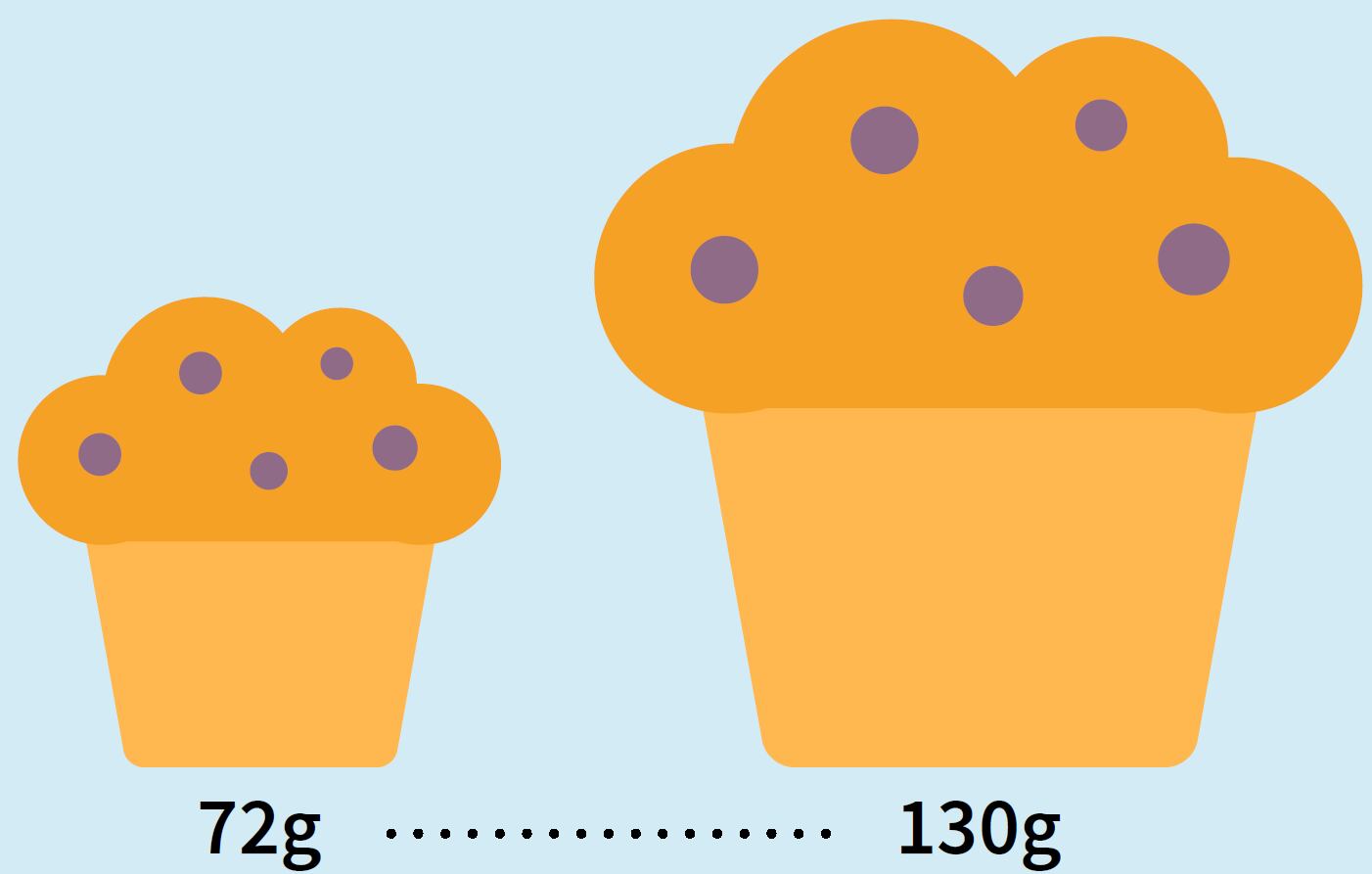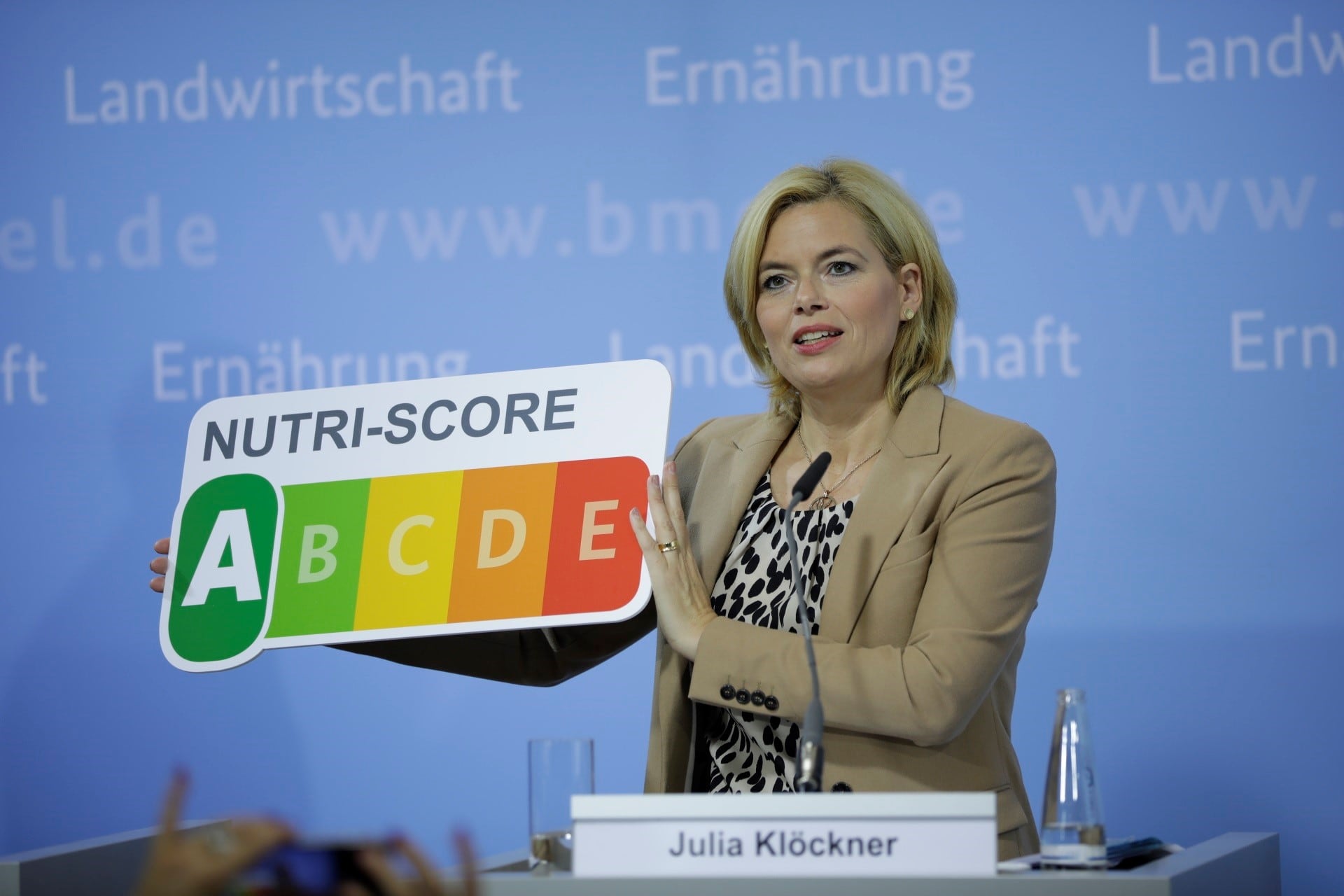Food research and training charity IGD is urging food and drink businesses in the UK to consider portion reduction as part of their strategy to meet national public health targets and reduce calorie intake.
It has published a new guide for food businesses to help them review and set portion sizes.
Citing a well-regarded 2014 report from the McKinsey Global Institute (Overcoming Obesity: An Initial Economic Analysis), IGD claimed portion size reduction is one of the most effective interventions to help consumers reduce their calories.
IGD considered all products and categories as part of the research but focused on the six key categories that are used by government to set public health targets: morning goods, pre-prepared meals, pizza, savoury snacks, ready-to-eat, and biscuits.
According to IGD, the guide was developed following extensive consultation with industry and is based on qualitative consumer research on eating out, on the go and in the home. Using three different scenarios, the guidance offers step-by-step support for companies looking to downsize an existing product; setting the portion size for a new product or reviewing portion information on labels of multi-serve products.
The guide contains product benchmarking tools, nutrition calculation tools and tips on conducting nutrition assessments in order to help food companies consider the best portion size for new products.
Portion reduction vs reformulation
Cutting portion size can make more sense than reformulating products to cut the sugar, salt and fat content, according to IGD. “Whilst 78% of consumers report being open to reformulation, this is only if taste remains the same,” the guide said. “We know that taste and price are the two main factors in consumer purchasing decisions. In some product categories, this makes portion size reduction a better option than reformulation in the pursuit of healthier products.”
What about shrinkflation?
Consumers often feel cheated by ‘shrinkflation’, when a product’s size is reduced while its price remains the same, meaning people are paying more per gram or millilitre.
IGD’s solution is to reduce size while reducing price, even ‘if you can’t afford to make the price cut proportional’.
“If you do reduce size without reducing price, you may be vulnerable to accusations of 'shrinkflation', so consider what you might do to offset this, e.g. by making an improvement to the product or repositioning it,” its guide stated. “Would you need to make any capital investment on your product line? For example, new lines, packaging, labels or moulds. If so, how long might it take before you get a financial return, assuming the change is commercially successful?”
Should you be transparent or ‘silently nudge behaviour’?
Companies can consider both publicly announced portion size reduction, and a phased approach to portion reduction, IGD noted.
Its research suggested people are ‘more open to accepting help’ and pointed to Mondelez committing to no more than 100 kcal snacks for children as an example of a public commitment to portion size reduction paying off.
But it added: “Whilst our qualitative portion size research heard that consumers wanted transparency, our nudge research with the Behaviour and Health Research Unit at the University of Cambridge found that a silent reduction in portion size of around 10% went unnoticed in workplace cafeterias and did not cause additional calorie purchasing within that meal occasion. This suggests that small but significant reductions in portion size could be successful whether noticed or not.”
‘Portion sizes have grown in many commonly consumed products’
Portion size is a contributing factor to the global obesity epidemic which continues to rise in the UK, said IGD.
It cited a report by the British Heart Foundation which found that portion sizes in many commonly consumed products grew between 1993 and 2013. A large proportion of ready meals had recommended portion sizes around 40% larger than in 1993, said the BHD.
IGD also suggested a growing convenience trend meant people also eat them more often, while out of home often portions are also reported as being larger.
“All of these factors could be fuelling both consumer confusion and overconsumption because of the portion size effect,” it said. “Consumers have visually adjusted to these larger serving sizes and our research suggests they are now often unaware of what an appropriate portion looks like.”

‘We want to help companies reduce portion sizes without compromising on shopper satisfaction’
Hannah Pearse, Head of Nutrition and Scientific Affairs at IGD, said: “We know that portion reduction is a really important topic for consumers. Our research shows that 88% of shoppers want to improve their diet in some way, and that one in five of those looking to eat more healthily are trying to eat smaller portions. With obesity in the UK at an all-time high, we want to help companies reduce portion sizes without compromising on shopper satisfaction.”
Many food and drink businesses, she noted, are already taking significant steps to make their products healthier, through reformulation, labelling and innovation. “However, identifying opportunities to reduce portion size can be complicated, which is why we have been working with industry on comprehensive guidance to make the process simpler and more consistent. Today’s guidance is intended as another tool to support companies’ strategies to meet national public health targets and reduce calorie intake.”
Currently there’s no established industry-wide method for setting portion size and there’s huge variation across categories and sectors. Most companies consulted by IGD in 2018 had no formal policy on portion size in place. As such, IGD’s research revealed a high level of public confusion towards some portion size recommendations, found many consumers remain unaware that portion information is available on pack, while those who are aware often struggle to interpret the information correctly.
Pearse added: “As the government continues to focus on improving the health of the nation, and particularly reducing childhood obesity, portion reduction will play a key role. Our guidance offers a consistent approach for businesses, which should make the process of setting and reviewing portion sizes much simpler to manage.
“Our research clearly shows that consumers are open to portion size reduction, but obesity is complex and there is no single solution or sector that can address it on their own. Everyone has a role to play on this journey, so we’re looking forward to opening up discussions with industry and other stakeholders about how to put this guidance into practice.”





